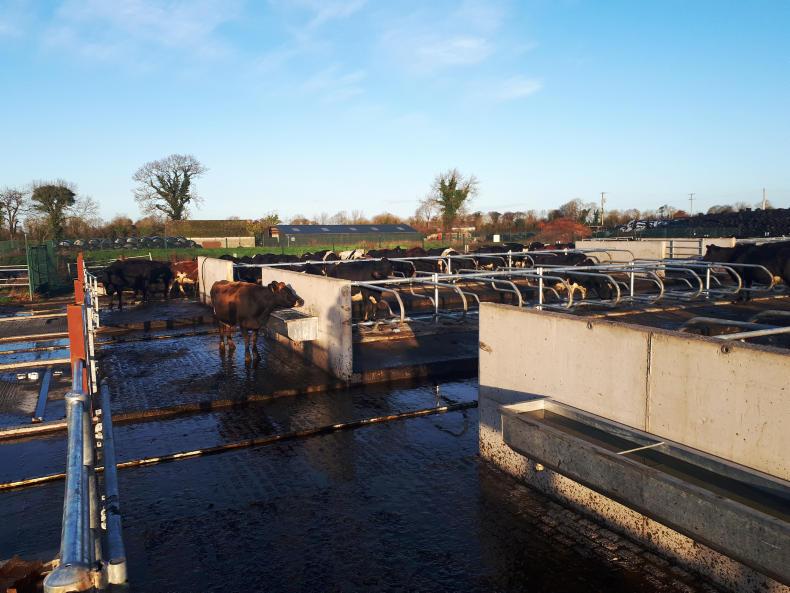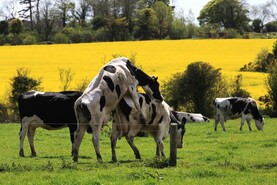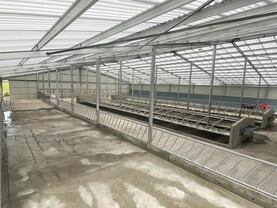After widespread rain on Thursday and Friday last week and grass getting scarce many herds are now fully housed.
If average farm cover is around 500kg now, cows should be housed regardless of the weather and ground conditions.
BCS
There are a couple of things to consider at this time of year. Firstly, you need to monitor and manage body condition score.
It’s only 11 weeks to 1 February so thin cows calving in early February will need to be dried off now, if you are to avoid feeding meals in the dry period.
The animals you need to watch most are first calvers as these are often under most pressure. They are also the animals milking the least, so drying them off with only have a small effect on the bulk tank.
Other cows that will benefit from a long dry period are cows with high SCC and are lame.
Even where cows are in good order you may have to dry off some low yielders to keep lactose levels above 4.3%.
This will become a problem now as yields tail off and cows come in off grass. It’s much more effective to dry off the low yielders (less than 7l/day) than feed extra meal to all cows.
Once-a-day
Many farmers go to once-a-day at this time of year. It reduces the workload and while it also reduces milk yield per cow, fat and protein percent goes up so the effect on milk solids yield is negligible.
However, SCC does need to be managed carefully when cows are on once a day milking.
Cows that are being milked indoors should have their cubicles scraped down twice a day and limed at least once a day to help prevent mastitis and subclinical infections.
Make sure cows have access to plenty of clean drinking water, especially where meal and high dry matter silage is being fed. Many cubicle sheds have an inadequate water supply.
Read more
Dairy management notes: silage
Dry cow tubes – yes or no at drying off?
After widespread rain on Thursday and Friday last week and grass getting scarce many herds are now fully housed.
If average farm cover is around 500kg now, cows should be housed regardless of the weather and ground conditions.
BCS
There are a couple of things to consider at this time of year. Firstly, you need to monitor and manage body condition score.
It’s only 11 weeks to 1 February so thin cows calving in early February will need to be dried off now, if you are to avoid feeding meals in the dry period.
The animals you need to watch most are first calvers as these are often under most pressure. They are also the animals milking the least, so drying them off with only have a small effect on the bulk tank.
Other cows that will benefit from a long dry period are cows with high SCC and are lame.
Even where cows are in good order you may have to dry off some low yielders to keep lactose levels above 4.3%.
This will become a problem now as yields tail off and cows come in off grass. It’s much more effective to dry off the low yielders (less than 7l/day) than feed extra meal to all cows.
Once-a-day
Many farmers go to once-a-day at this time of year. It reduces the workload and while it also reduces milk yield per cow, fat and protein percent goes up so the effect on milk solids yield is negligible.
However, SCC does need to be managed carefully when cows are on once a day milking.
Cows that are being milked indoors should have their cubicles scraped down twice a day and limed at least once a day to help prevent mastitis and subclinical infections.
Make sure cows have access to plenty of clean drinking water, especially where meal and high dry matter silage is being fed. Many cubicle sheds have an inadequate water supply.
Read more
Dairy management notes: silage
Dry cow tubes – yes or no at drying off?






 This is a subscriber-only article
This is a subscriber-only article










SHARING OPTIONS: